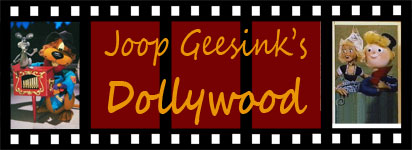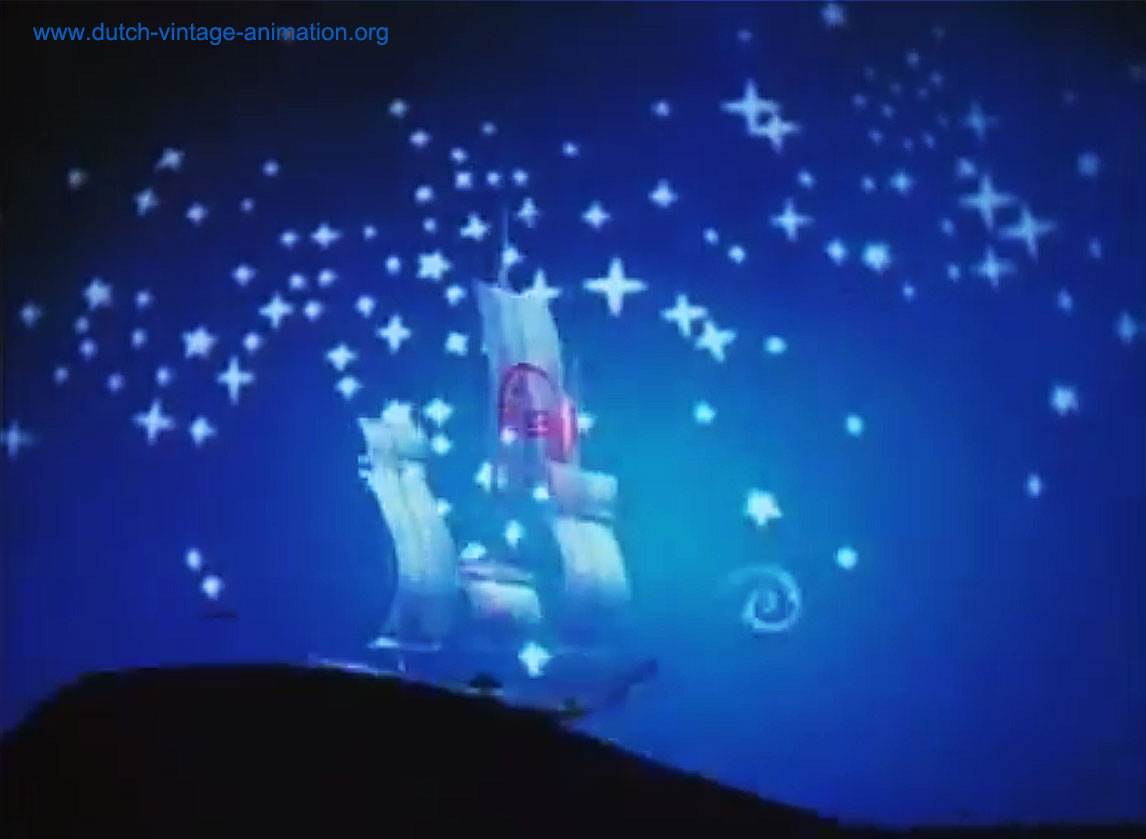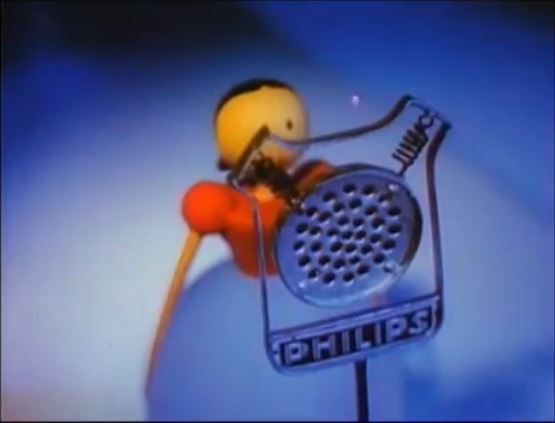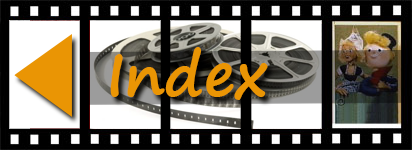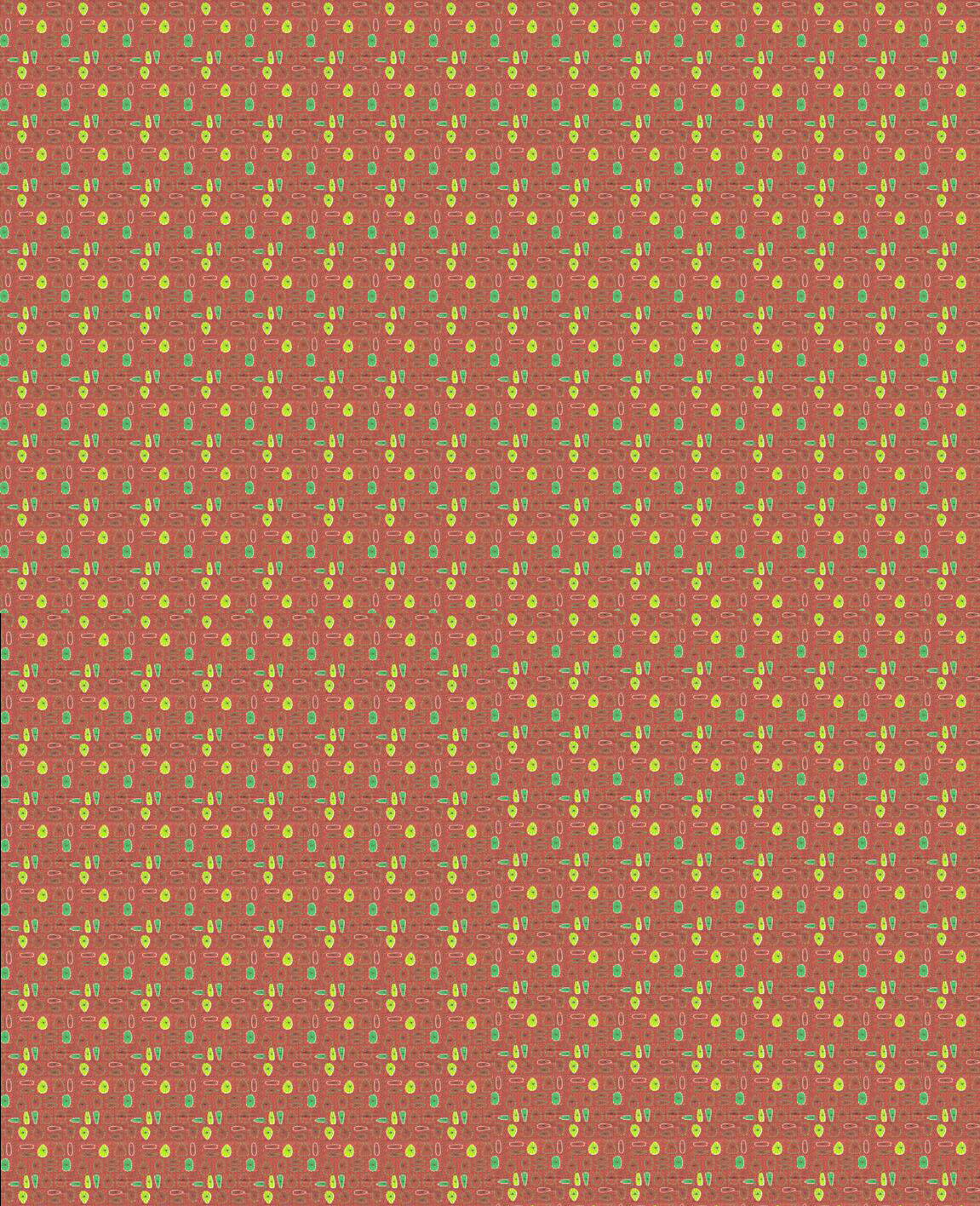
Story
The film is a creative expression of how music floats to our radios through the air (the ether) from radio stations from all over the world.
For a 21st-century audience, The Ship of the Ether may be a bit puzzling. The film is a creative expression of how music floats to our radios through the air (the ether) from radio stations from all over the world. The radio waves are the waves that carry the ship.
Interference
One recurring problem of radios at that time was interference from other stations nearby. This is illustrated at the beginning of the film in which different forms of music are all playing at the same time. The captain's solution is to place glass walls between the different musicians, thus isolating them from each other.
Trivia
HetThis odd duck among the Dollywood collection was made by film pioneer George Pál. The Hungary-born Pál escaped his home country in the early '30s because of the threat of war. He came to The Netherlands (Holland), and started a film studio in Eindhoven, home town of the Philips industrial unit. Philips understood the potential of this new medium and became Pal's biggest client.
2D design, created in 3D
George Pál first made his characters as a two-dimensional cartoons; the countless individual drawings were then used as blueprints for the individual puppets which were cut out of wood and painted. The film The Ship of the Ether's spectacular design was achieved by using glass shapes and characters (this was long before plastics were available). The ship itself was produced by Philips's glassworks department.

Nais and Talent
The Nazis didn't like Hungarians, so Pál escaped again in '39, just before Holland was invaded by the Germans. He went to the United States where he became famous as producer and director of spectacular classics like War of the Worlds, the Time Machine, Tom Thumb and Atlantis, the Lost Continent.
He proved to be a true trail blazer for this film genre. Serveral of his films have recently been remade.
Bewildered
His bewildered employees stayed behind in Eindhoven. Some of them found a place at a new studio in Amsterdam, started by Marten Toonder and Joop Geesink. Among them were Henk Kabos, Jan Coolen, Jószef Misik, Jules Balázs, Geert Knoef. They were soon to set the tone at Joop Geesink's Dollywood.
Credits
| Title: | The Ship of the Ether | |
|---|---|---|
| Client: | Philips | |
| Year of production: | 1934 | |
| Duration: | 8 minuten | |
| Composer: | Joe Hajos | |
| Art Directing: | George Pal | |
| Animation / Camera: | Unknown | |
| Format: | 35 mm, Gasparcolor |
